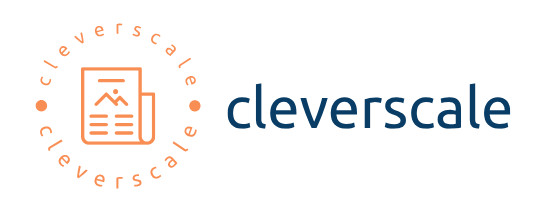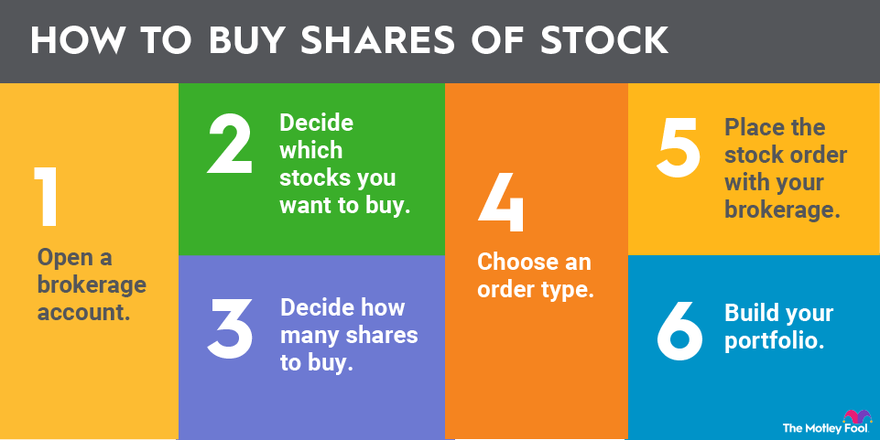In a world where almost everything is going digital, the realm of publishing is no exception. If you are an enthusiast who loves flipping through colorful pages filled with captivating content, you are probably familiar with the convenience that digital magazines offer. Let’s explore the world of digital magazine and digital magazine publishing software.
What is a Digital Magazine?
A digital magazine is an electronic verDigital magazinesion of a traditional print magazine. These magazines can be read on various devices like smartphones, tablets, and computers. Unlike their physical counterparts, digital magazines offer interactive features such as clickable links, embedded videos, and dynamic content, making the reading experience much more engaging.
The shift from print to digital is fueled by the increasing demand for accessible and environmentally friendly reading options. Digital magazines cater to this trend by providing readers with the flexibility to access their favorite publications anytime, anywhere. Further, they offer publishers a cost-effective way to reach a global audience without the constraints of print production and distribution.
What is Digital Magazine Publishing Software?
It is a tool that enables publishers to create, manage, and distribute their magazines online. This software offers a suite of features designed to simplify the publishing process and enhance the reader experience. From layout design and content management to analytics and distribution, digital magazine publishing software covers it all.
Publishers can use this software to convert PDF files into interactive digital magazines, add multimedia elements, and optimize content for various devices. The software also provides tools for marketing and monetization, allowing publishers to track reader engagement, manage subscriptions, and integrate advertisements seamlessly.
7 Advantages of Publishing Digital Magazines
- Cost-Efficiency
One of the most significant advantages of digital magazines is the reduction in production costs. Traditional print magazines involve expenses related to paper, ink, printing, and distribution. Digital magazines eliminate these costs, allowing publishers to allocate resources more efficiently. This cost-efficiency translates to lower subscription prices for readers, making digital magazines more accessible to a wider audience.
Further, a reputed digital magazine software such as PageTurnPro digital magazine publishing software often includes templates and design tools, reducing the need for graphic designers and lowering overall production costs. Publishers can create professional-looking magazines without breaking the bank, making it an attractive option for both established and emerging publications.
- Environmental Impact
In an age where sustainability is a growing concern, digital magazines offer an eco-friendly alternative to print. By eliminating the need for paper and reducing waste, digital magazines contribute to environmental conservation. This shift towards digital publishing aligns with the values of environmentally-conscious readers and helps publishers reduce their carbon footprint.
Furthermore, digital magazines can be updated and corrected without the need for reprinting, reducing waste and conserving resources. This adaptability makes digital magazines a sustainable choice for publishers looking to minimize their environmental impact.
- Global Reach
Digital magazines can be accessed by readers worldwide, breaking down geographical barriers that limit print distribution. This global reach allows publishers to expand their audience and attract readers from different cultures and regions. With digital magazine software, publishers can easily translate and localize content to cater to a diverse readership.
The ability to reach a global audience also opens up new opportunities for advertisers, who can target specific demographics and regions with precision. This targeted advertising increases the relevance and effectiveness of ads, benefiting both publishers and advertisers.
- Interactivity and Engagement
Digital magazines offer interactive features that enhance reader engagement. Unlike print magazines, digital magazines can include clickable links, embedded videos, animations, and interactive graphics. These elements create a dynamic reading experience that captures the reader’s attention and encourages them to spend more time with the content.
Interactive features also provide opportunities for reader participation, such as polls, quizzes, and feedback forms. This interaction fosters a sense of community and loyalty among readers, making them more likely to subscribe and recommend the magazine to others.
- Real-Time Analytics
Digital magazine software provides publishers with valuable insights through real-time analytics. Publishers can track reader behavior, such as page views, time spent on each page, and click-through rates. This data helps publishers understand what content resonates with their audience and make informed decisions about future issues.
Analytics also enable publishers to measure the effectiveness of advertising campaigns and adjust strategies accordingly. By understanding reader preferences and behavior, publishers can optimize content and marketing efforts to maximize engagement and revenue.
- Easy Distribution
Distribution is a breeze with digital magazines. Publishers can distribute their magazines through various online platforms, such as websites, email newsletters, and social media channels. This ease of distribution ensures that readers can access the latest issue with just a few clicks, enhancing convenience and accessibility.
Digital magazine software often includes integrated distribution tools, allowing publishers to automate the delivery of new issues to subscribers. This automation saves time and effort, allowing publishers to focus on creating high-quality content.
- Monetization Opportunities
Digital magazines offer multiple monetization opportunities that go beyond traditional subscription models. Publishers can incorporate targeted advertising, sponsored content, and affiliate marketing to generate additional revenue. The interactive nature of digital magazines also allows for innovative ad formats, such as interactive ads and shoppable content.
Furthermore, online magazine software provides tools for managing subscriptions and paywalls, enabling publishers to offer premium content to paying subscribers. These monetization strategies help publishers diversify their revenue streams and increase profitability.
Final Thoughts
Digital magazine publishing software is revolutionizing the way publishers create, distribute, and monetize content. With its cost-efficiency, environmental benefits, global reach, interactivity, and real-time analytics, digital magazine publishing offers a compelling alternative to traditional print. For publishers looking to stay ahead in a rapidly evolving industry, adopting a reputed digital magazine software solution like PageTurnPro digital magazine publishing software is a strategic move.
It’s time to transform your publication and join the digital revolution!



